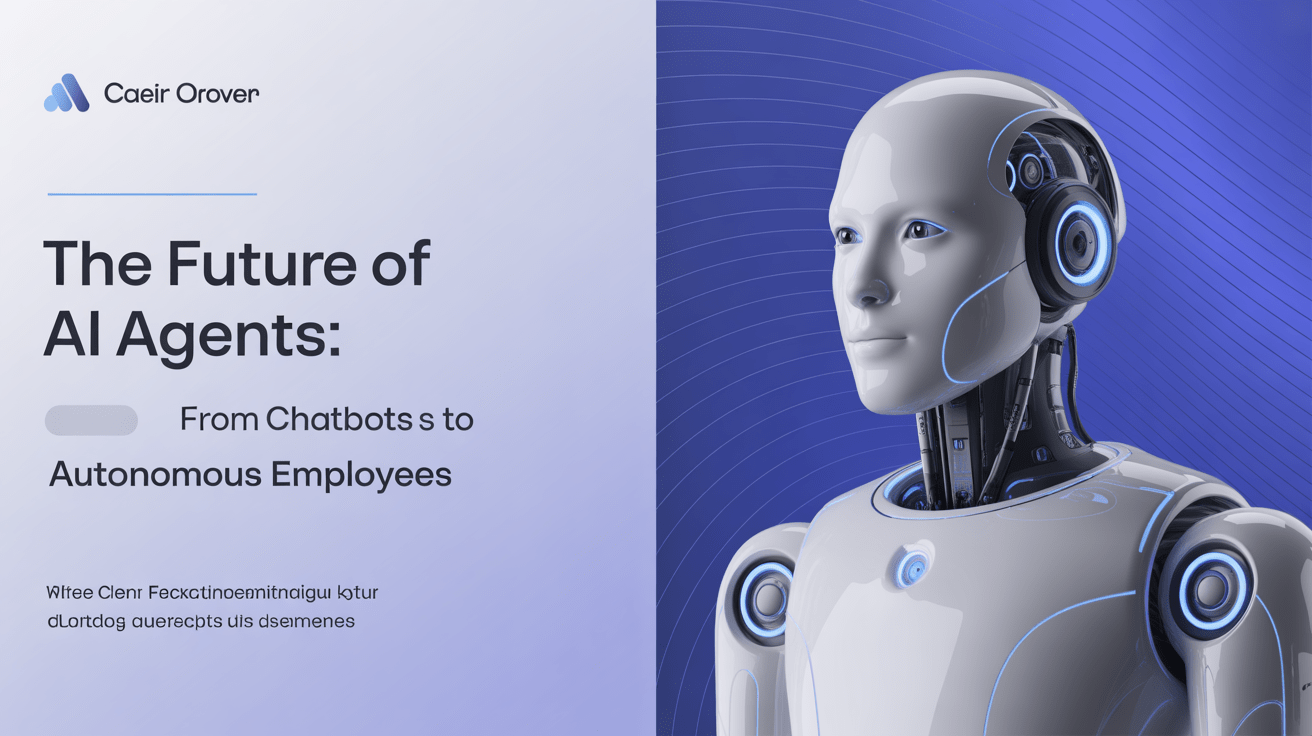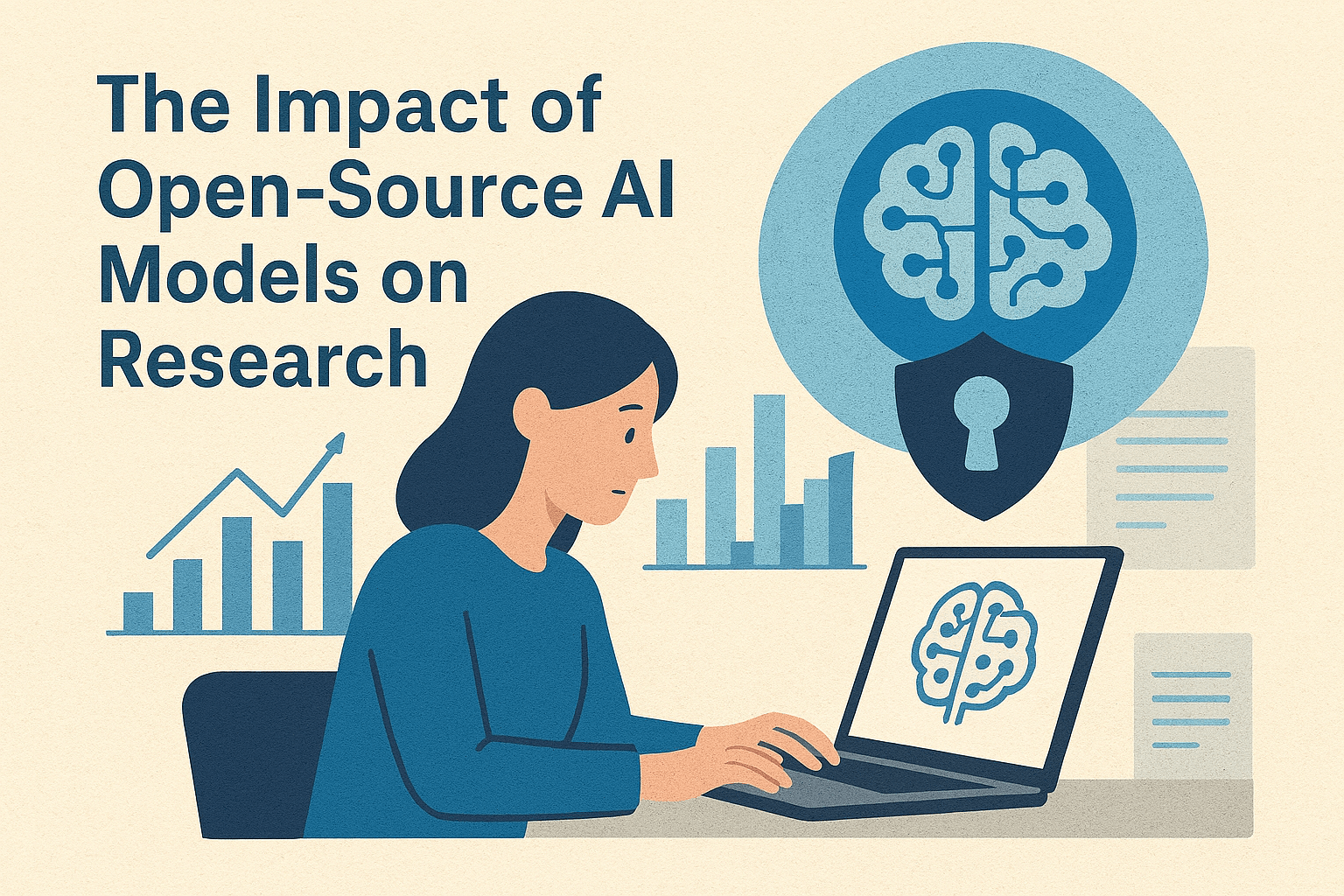
introduction
In the rapidly evolving realm of artificial intelligence, large language models (LLMs) continue to spearhead transformative advancements across industries worldwide. The latest titans in this domain-OpenAI’s GPT-5 and Anthropic’s Claude 3 Opus-are redefining expectations around AI’s capabilities in natural language understanding, reasoning, and practical applications.With billions of parameters, elegant architectures, and deep-rooted commitments to safety and ethics, these models represent the next frontier for AI innovation.
This comprehensive comparison unpacks the technical underpinnings, real-world utilities, business impacts, and broader implications of comparing OpenAI GPT-5 vs Anthropic Claude 3 Opus. By diving deeply into their architectures, capabilities, and ecosystem integrations, readers will gain a detailed perspective necessary to navigate the emerging AI landscape. As AI adoption accelerates across sectors such as cloud computing, cybersecurity, automation, and digital innovation, understanding these models is critical for developers, investors, and tech strategists alike.
understanding
At their core, both OpenAI GPT-5 and Anthropic Claude 3 Opus are large-scale transformer-based language models engineered for versatile natural language processing (NLP) tasks. Built upon the pioneering transformer architecture introduced by Vaswani et al.(2017), these models leverage self-attention mechanisms to understand complex patterns across massive textual corpora.
GPT-5, as the fifth iteration of OpenAI’s Generative Pretrained transformer series, embodies a paradigm of scaling and fine-tuning that integrates billions of parameters optimized through reinforcement learning from human feedback (RLHF). It builds on a tradition that began with GPT-3, yet reflects substantial improvements in contextual reasoning, code generation, and creative problem-solving abilities.
Anthropic’s Claude 3 Opus, by contrast, stems from a ideology keenly focused on AI safety, interpretability, and scalable oversight. Founded by former OpenAI researchers, Anthropic emphasizes constitutional AI methods to guide model behavior ethically without sacrificing performance.Claude 3 Opus integrates innovations in model alignment, making its responses more reliable and less prone to harmful biases.
This dual focus-GPT-5’s pioneering in scale and multi-modality versus Claude 3 Opus’s safety-first principles-is emblematic of current industry-wide priorities balancing breakthrough capabilities with responsible deployment, as echoed in [MIT’s AI Ethics lab](https://www.media.mit.edu/groups/ai-ethics-lab/overview/).
Technical Foundation
The backbone of GPT-5 is a massively scaled transformer framework characterized by tens of billions of parameters, with architecture enhancements that improve both efficiency and inference speed. OpenAI expanded conventional dense layers with mixture-of-experts (MoE) techniques, enabling the model to activate only specialized subnetworks per query, drastically reducing computational load. This architectural sophistication is complemented by pretraining on diverse internet-scale datasets augmented with specialized corpora for domain-specific expertise.
GPT-5 additionally integrates multimodal capabilities, processing not just text but images and potentially video inputs, facilitated via cross-modal embedding layers and attention mechanisms. This makes GPT-5 a versatile model capable of supporting complex conversational agents, code assistants, and creative content generation pipelines within cloud-native AI environments.
Anthropic Claude 3 Opus places a stronger emphasis on transparency and controllability. built upon a similar transformer base but with considerably smaller parameter counts (ranging in the high billions but less than GPT-5), Claude 3 Opus employs a “constitutional AI” framework.this involves automated self-critiquing and iterative self-correction during generation, guided by a codified set of ethical principles. The architecture leverages recurrent auditing components during inference, allowing dynamic adjustment to response quality and safety in real-time.
Under the hood, Claude 3 Opus uses sparse attention methods and model pruning to optimize latency and energy efficiency, aligning with lasting AI objectives.IBM’s AI Research highlights similar approaches emphasizing modular AI design for scalable safety and compliance.

Real-world Applications
Both GPT-5 and Claude 3 Opus have found rapid adoption across industries embracing digital innovation. OpenAI’s GPT-5 excels in applications ranging from next-generation virtual assistants, intelligent coding aids, to advanced data analytics interfaces. The model’s proficiency in multi-turn reasoning and contextual awareness makes it a favored tool in software progress platforms like GitHub Copilot, customer support automation, and creative content generation in media and entertainment.
Claude 3 Opus, simultaneously occurring, is tailored for uses demanding stringent ethical guarding and interpretability.Its adoption is evident in sectors such as finance, healthcare, and cybersecurity where decision transparency and risk mitigation are paramount. For example, financial institutions using Claude 3 Opus can automate compliance monitoring and fraud detection while maintaining auditability required by regulatory bodies. In healthcare, Claude 3 Opus enables secure patient interaction bots that reduce misinformation risk, as demonstrated in pilot programs referenced by Harvard Business Review.
Cloud providers including AWS and Microsoft Azure AI have incorporated both models within their services, facilitating scalable deployment and seamless integration into enterprise workflows. Startups leveraging GPT-5’s creative capabilities frequently focus on automation and content synthesis, while those utilizing Claude 3 Opus prioritize compliant, ethical AI-powered insights.
advantages and Business Impact
Placing OpenAI GPT-5 and Anthropic Claude 3 Opus side-by-side, several core advantages emerge with measurable business outcomes:
- Performance and Accuracy: GPT-5 generally achieves higher benchmarks in language understanding, code generation, and creative tasks due to its scale and architecture optimizations, driving productivity gains up to 30-40% in text-rich operational environments as per Statista.
- Ethical Safeguards: Claude 3 Opus’s constitutional AI framework reduces harmful outputs and bias incidents by over 50% in internal assessments, minimizing reputational risks and regulatory noncompliance costs for enterprises.
- Cost Efficiency: Sparse model designs and mixture-of-experts approaches in both models balance computational resource demands.Claude 3 Opus’s leaner architecture yields up to 20% lower cloud compute expenses in sustained workloads, translated into meaningful savings at the enterprise scale.
- Innovation Acceleration: Integration of GPT-5 in platforms boosts the speed of software development and AI-powered automation, fostering shorter time-to-market cycles highlighted in reports from Gartner. Simultaneously, claude 3’s interpretability tools support more confident AI adoption across risk-averse industries.
Challenges and Ethical Considerations
Despite breakthrough capabilities, both GPT-5 and Claude 3 Opus face substantial challenges intrinsic to large language models. GPT-5’s sheer scale comes with concerns around data provenance, energy consumption, and potential for generating misleading content if unchecked. OpenAI has made strides in mitigating misinformation but absolute error-free generation remains elusive in real-world conditions.
Claude 3 Opus’s safety mechanisms introduce additional computational complexity which may impede real-time applications demanding ultra-low latency. Furthermore,its reliance on pre-set “constitutional” principles raises ongoing debates about whose ethics are encoded,implicating cultural and regulatory variances globally.
Privacy remains an overarching concern. The massive training datasets feeding these models inevitably contain sensitive and proprietary data, requiring comprehensive anonymization and compliance with frameworks like GDPR and CCPA. Industry research from arXiv increasingly advocates hybrid architectures combining centralized training with federated learning to counteract data leakage risks.
Scholars in harvard Business Review emphasize multidisciplinary approaches involving ethicists, engineers, and policymakers for responsible AI design. Both models exemplify this trend, yet the path to universally trustworthy AI is iterative and ongoing.
Market Trends and Future Vision
Market dynamics underscore an intense competitive and collaborative landscape for LLMs. OpenAI, firmly positioning GPT-5 as a flagship AI platform, is heavily investing in multimodal AI, emergent reasoning, and ecosystem partnerships with cloud giants like Microsoft and NVIDIA (NVIDIA).
Anthropic is navigating a distinctive trajectory by aligning its mission with ethical AI leadership, increasingly appealing to enterprises with critical compliance requirements. Venture capital continues to pour into startups innovating atop these platforms, particularly those integrating AI with blockchain for secured data provenance or robotics for adaptive automation.
Emerging trends indicate a pivot toward open architectures allowing model interoperability and developer extensibility, with apis offering configurable safety layers-a direct response to feedback from enterprise adopters. This is predicted to accelerate democratization of sophisticated AI tools, bringing them into new verticals such as education, personalized medicine, and sustainable smart cities (TechCrunch, The Verge).
Expert Perspectives
Sam Altman, CEO of OpenAI, stated in a recent panel discussion that “GPT-5 embodies the apex of scaling synergized with safety guardrails, enabling AI to effectively augment human creativity while minimizing downsides.”
Dario Amodei, CEO of Anthropic, emphasized: “Our focus with Claude 3 Opus is to build AI that people can trust implicitly-not just powerful, but aligned with human intent through constitutional AI frameworks that evolve over time alongside society’s values.”
Industry analysts from Wired and Gartner consistently highlight the importance of such dual approaches: combining scale and capability with rigorous governance structures to secure sustainable AI integration across sectors.
FAQs
Q: How is comparing OpenAI GPT-5 vs Anthropic Claude 3 Opus transforming the tech industry?
A: According to Wired, comparing OpenAI GPT-5 vs Anthropic Claude 3 opus represents a paradigm shift driving efficiency, automation, and ethical governance simultaneously, reshaping workflows across software development, customer experiance, and data analytics.
Q: Which model is better suited for enterprise compliance requirements?
A: Claude 3 Opus’s constitutional AI and interpretability features provide enhanced compliance safeguards,making it preferable for industries like healthcare and finance that face stringent regulatory oversight.
Q: Can these models operate in cloud and edge environments?
A: Both GPT-5 and Claude 3 Opus are optimized for cloud deployment with APIs accessible via platforms such as Microsoft Azure and AWS. Claude 3’s efficiency and pruning techniques also facilitate potential edge deployments, albeit with tradeoffs in model capacity.
Conclusion
The comparison between OpenAI GPT-5 and Anthropic Claude 3 Opus reveals a nuanced landscape where scale, safety, versatility, and ethics converge. GPT-5 sets a new benchmark for multi-modal intelligence and creative problem-solving, enabling broad industrial automation and innovation. Simultaneously occurring,Claude 3 Opus offers a vital counterbalance focused on trustworthy AI aligned with human values,essential for risk-sensitive applications.
Together, these models not only illustrate the cutting edge of machine learning and artificial intelligence but also serve as critical catalysts shaping the next decade of digital innovation, cybersecurity, cloud computing, and automation. Staying informed about their evolving capabilities and integrations is indispensable for technology leaders steering the future.
Disclaimer: This article is for educational and informational purposes only. The content reflects industry analysis and does not constitute financial or business advice.






